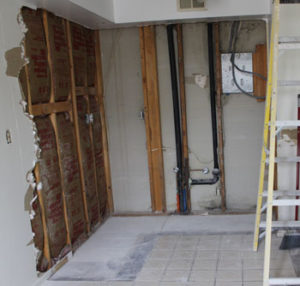If you are living in a manufactured home, you will need to make sure it is properly protected in the event of high winds. You can do this by using tie down anchors to keep the house secure and stable. Before you buy any anchors or tie-downs, check to see the various requirements of these items. Study the entire anchoring system and familiarize yourself with the various components it contains. If you are not sure about something, it would be wise to talk to a professional contractor before you begin the installation process.
1. The first thing you need to do before anchoring your home is to check to see if it is level.
2. Consult a wind-zone chart for your area to find out the necessary amount of anchors that are required. Consider the number on this chart to be the minimum amount you will need.
3. Find out the type of soil that is underneath you house. This is because there are varieties of anchors that require installation of at least five feet underground. If you are unsure of the type of soil you have, a building inspector will be able to help you.
4. You can now buy the anchors that you are going to use. The type of soil you have will play a large role in the anchors you will be able to use. If you need more information about which type of anchor is ideal for your specific soil type, a contractor or installer will be able to help.
5. You will need to buy a hook-up and tensioning device. Ideally, you want to buy a system that has a capacity that is certified to withstand at least 4,800 pounds.
6. Make sure all of your phone, water, cable, sewer, gas and electric lines have been properly marked off prior to beginning the installation process. You need to be certain you know where all those lines are to prevent a disaster from happening.
7. For the installation of an over-the-top tie-down that is exposed, place the strap over a rafter for your roof. Doors and windows should not have a strap covering them.
8. Finally, install the anchors according to the manufacturer’s instructions. You should use a 40-degree angle at minimum. A metal stabilization device or a concrete collar can be used to keep the anchor in place.

